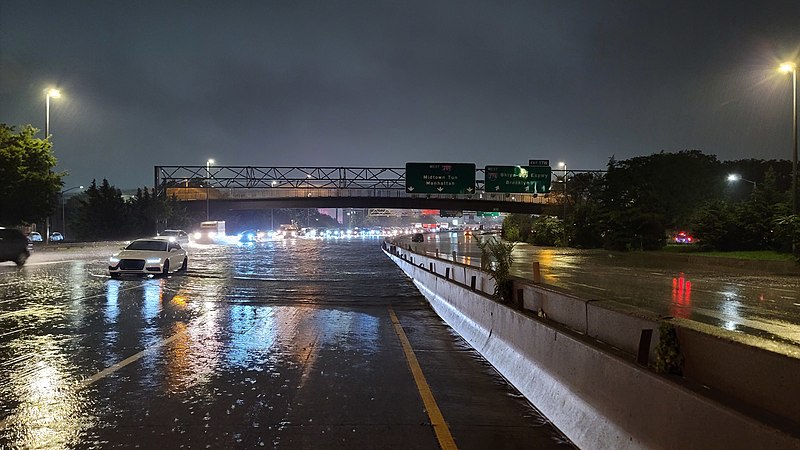
Sosie Casteel | Head Editor
January 21, 2021
2021 brought an astonishing amount of rain. To the majority of the world, rain is a blessing. Rain brings life to plants and smiles to sun-bleached faces. In San Clemente, rain is a good excuse to go on a peaceful (and careful) drive down PCH. However, too much rain, or rain in the wrong places, can cause major problems. Last year, the Northeast of the United States was pummeled by summer storms that laughed in the face of idealistic climate projections made just a decade earlier.
The rain that we got last year represents something much more alarming. Global climate change is increasing evaporation levels, which leads to uneven rain patterns and more flooding in many parts of the country. “As global temperatures are warming up it causes rain to be formed in new portions and uneven portions of the world, causing different rain patterns,” senior Cameron Trunec said.
Looking at the numbers in inches, we only received a few more inches of rain than normal. Unfortunately, even just a few inches can represent a drastic change, especially when they fall over just a few hours rather than over the course of days.

Extreme precipitation knocked out power and even caused civilian deaths in the Northeast. Rather than having steady rainfall levels over a long period of time, yearly rainfall is coming in major weather events such as storms and hurricanes.
“My friends back in Maryland were complaining about unseasonal amounts of rain,” senior Tom Michailidis said. “It’s worrying to see that the consequences of climate change are happening now.”
Cities have begun implementing protective measures to better handle increased levels of storm surge and flooding. New York is working to upgrade the sewer systems and stormwater storage. The rainfall levels will only get more extreme, and cities like New York are behind on their responses to the phenomena.
In the Pacific Northwest, precipitation that used to be snow is now falling as rain and contributing to flooding in the fall. We are not equipped to confront such dramatic changes and cannot afford to resort to reactionary responses. Implementing protective alterations to cities is a step in the right direction, but responding to the global climate crisis should be number one priority to avoid further destruction and loss of human life.

Leave a Reply